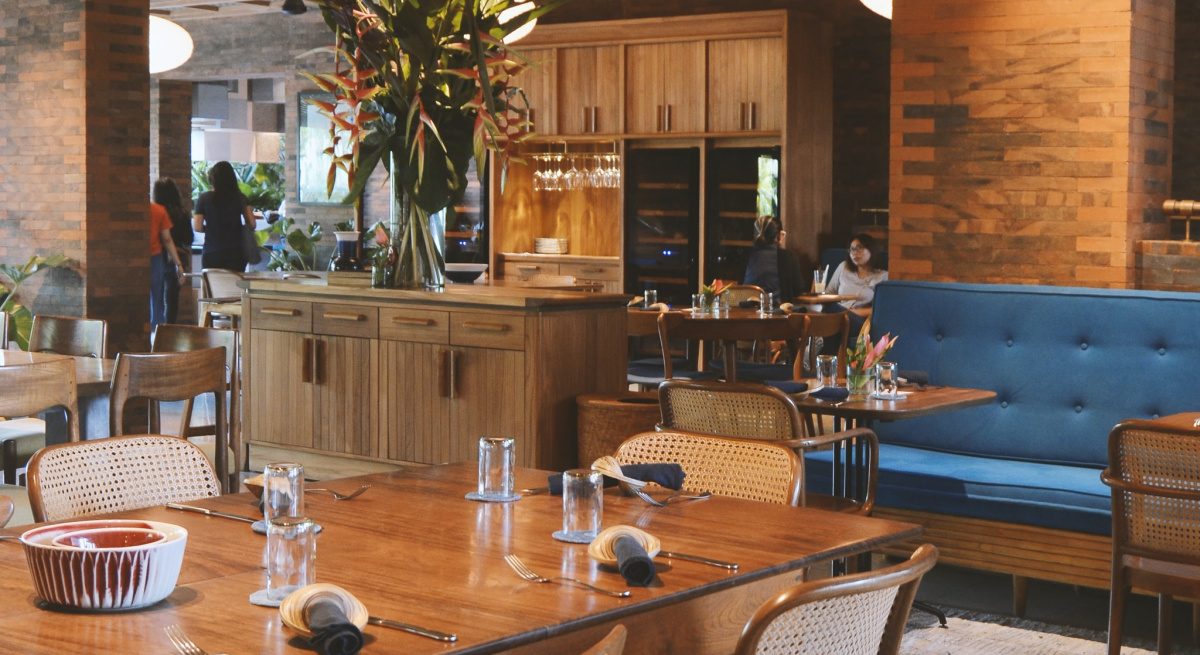Saving Restaurants, Grocers, and Lives in the Process
3 Min Read By Guy Bloch
Amidst the Coronavirus economic upheaval that we’ll be experiencing for the foreseeable future, some industries have had to immediately close up shop, from the entirety of the tourism industry, to sports, and beyond. Restaurants have also been hit hard and smaller grocers are having difficulty coping with the strain of demands. But, a few shifts in terms of fulfillment can save many jobs, while cutting down possible exposure at the same time. The problem is that while most major restaurant and grocery chains have massive infrastructure, smaller businesses are left vulnerable. Here’s how they can keep business going and not completely surrender customers to third-party delivery apps, or lose out to big chains in the process.
Start to Deliver
It seems like a no brainer, but many restaurants and grocery chains feel overwhelmed by the shift, or that there will be little profit and great health risks to delivery deployment. This doesn’t need to be the case, because leading third-party fleets that are relatively easy to integrate offer contactless delivery, while delivery orchestration platforms offer the ability to connect to multiple third-party fleets as needed (while keeping the customer), and can allow businesses to “uberize” their own drivers without needing any technical know-how. And even if the business has no online presence, they can start by taking phone orders until their site is up and running.
Repurpose Store Employees
My own company was part and parcel of Panera’s “hybrid” model of delivery, which was special in part because it allowed store employees to also undertake deliveries and provide a branded experience. Repurposing store employees for delivery can save restaurants from having to let staff go and allow them to have a greater degree of control over their delivery experience.
By turning employees into drivers, restaurants are able to cater to customers’ individual needs and preferences, while bypassing fees associated with third-party platforms. The potential challenge here is simply that taking delivery in-house is more complex than relying on third-parties, and limits flexibility in terms of increasing capacity at a moment's notice.
Deploy Contactless Delivery
One of the first big trends to make it over from China was the “contactless” delivery option, where certain standardized rules are put in place to ensure no contact and high levels of hygiene. We know that customers, many of whom are washing their hands inside about 2,000 times a day, appreciate the peace of mind, but the problem is that while big chains and third-party fleets announced it quickly, smaller restaurants have been left behind. By adopting platforms that allow the tracking of the chain of custody throughout a delivery and other measures, smaller chains can directly introduce this feature, or quickly deploy multiple third-party fleets that offer the option to fulfill their own deliveries.
Utilize Store Locations
While virtually every restaurant location is shuttered, both restaurants and grocery chains can utilize their store locations for more effective fulfillment options. For example, a number of grocery chains have cut down on foot traffic in their locations by offering delivery-to-car options that don’t involve risky contact and are ideal for those that are more vulnerable.
Restaurants too (pending local restrictions on movement) can utilize the service to make delivery volumes more manageable while ensuring no contact. With restaurant delivery volumes spiking by 40 percent or more amongst Bringg customers, this is a clear way to ensure on-time fulfillment with fewer resources to coordinate.
COVID-19 won’t go away overnight, and the fact of the matter is that it will have a high cost in human lives and economic livelihoods lost. Delivery won’t stop that, it’s only one piece of the economic and containment picture. However, deploying the measures above quickly and effectively could have a significant impact in reducing the spread of the virus, while saving millions of businesses and jobs in the process. That might be a drop in the bucket, but to many businesses, workers, and their families it means everything.


